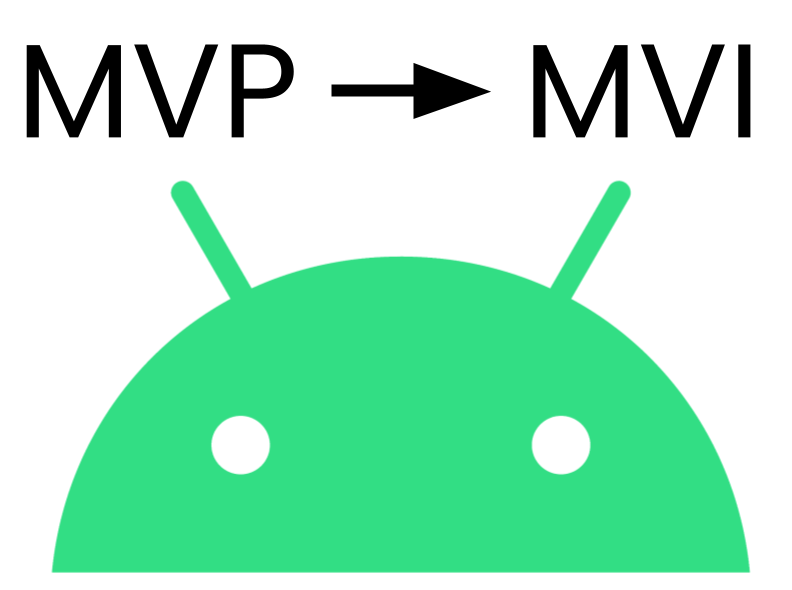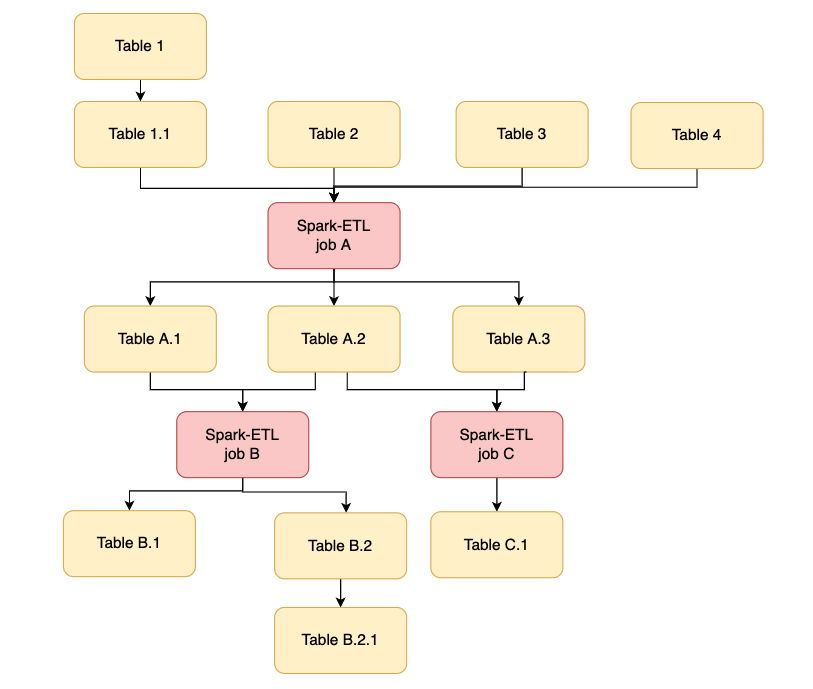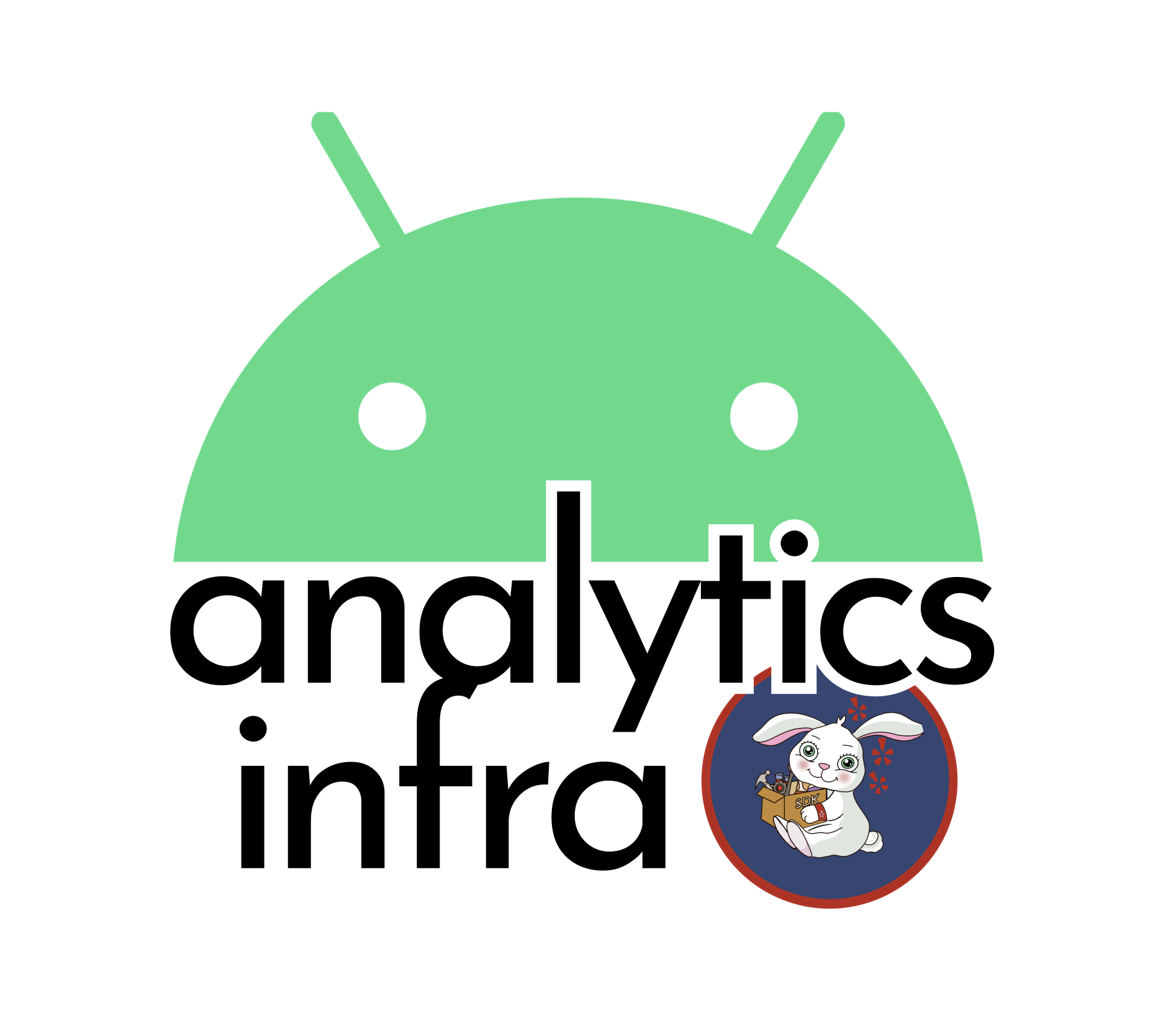Performance for Free on Android with our MVI Library

-
Paul Martin, Core Android Tech Lead
- Apr 24, 2023
In 2018, Yelp switched from using the MVP architecture to the MVI architecture for Android development. Since then, adoption of our new MVI architecture library has risen and we’ve seen some great performance and scalability wins. In this blog post, we’ll cover why we switched to MVI in the first place, how we managed to get performant screens by default, and our take on unit testing MVI. What is MVI? One of the main reasons to use an architecture is to make things easier to test by separating concerns. For Android, this means keeping the Android SDK out of our...












